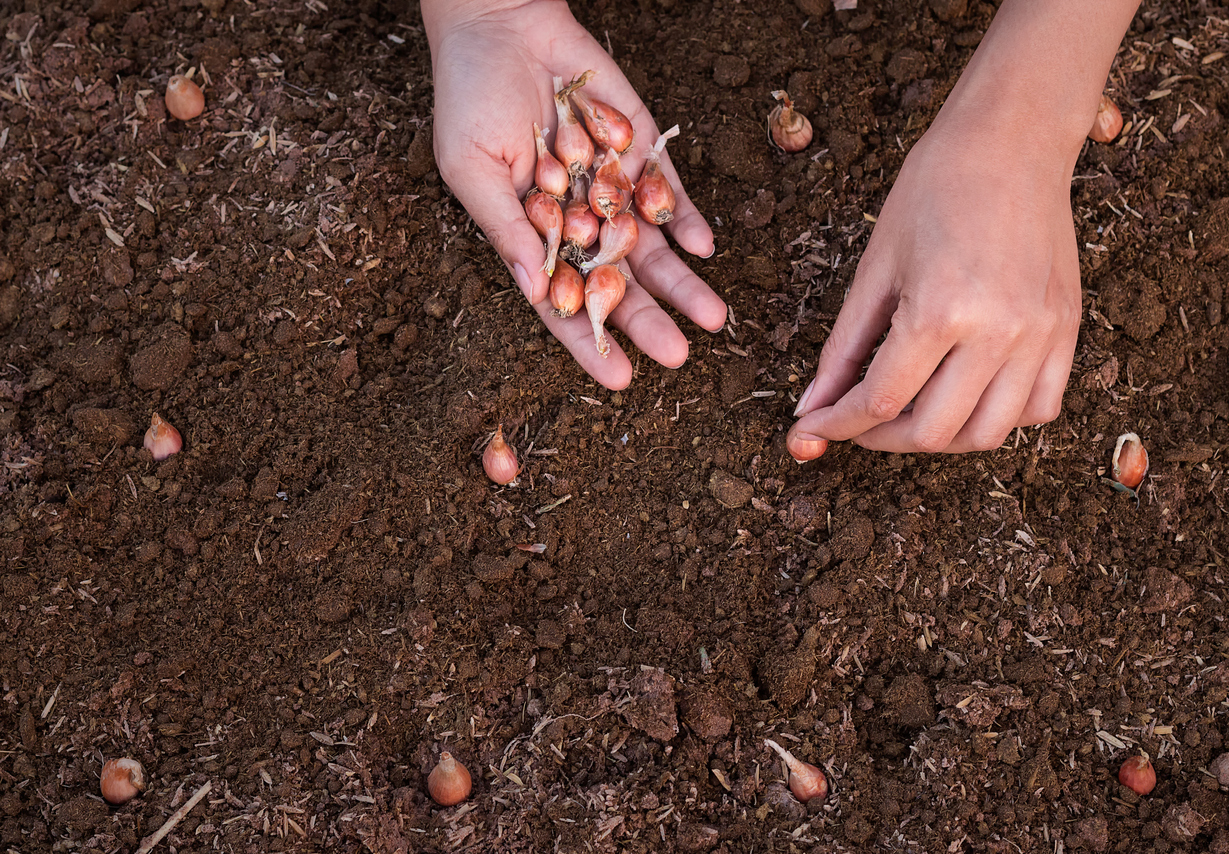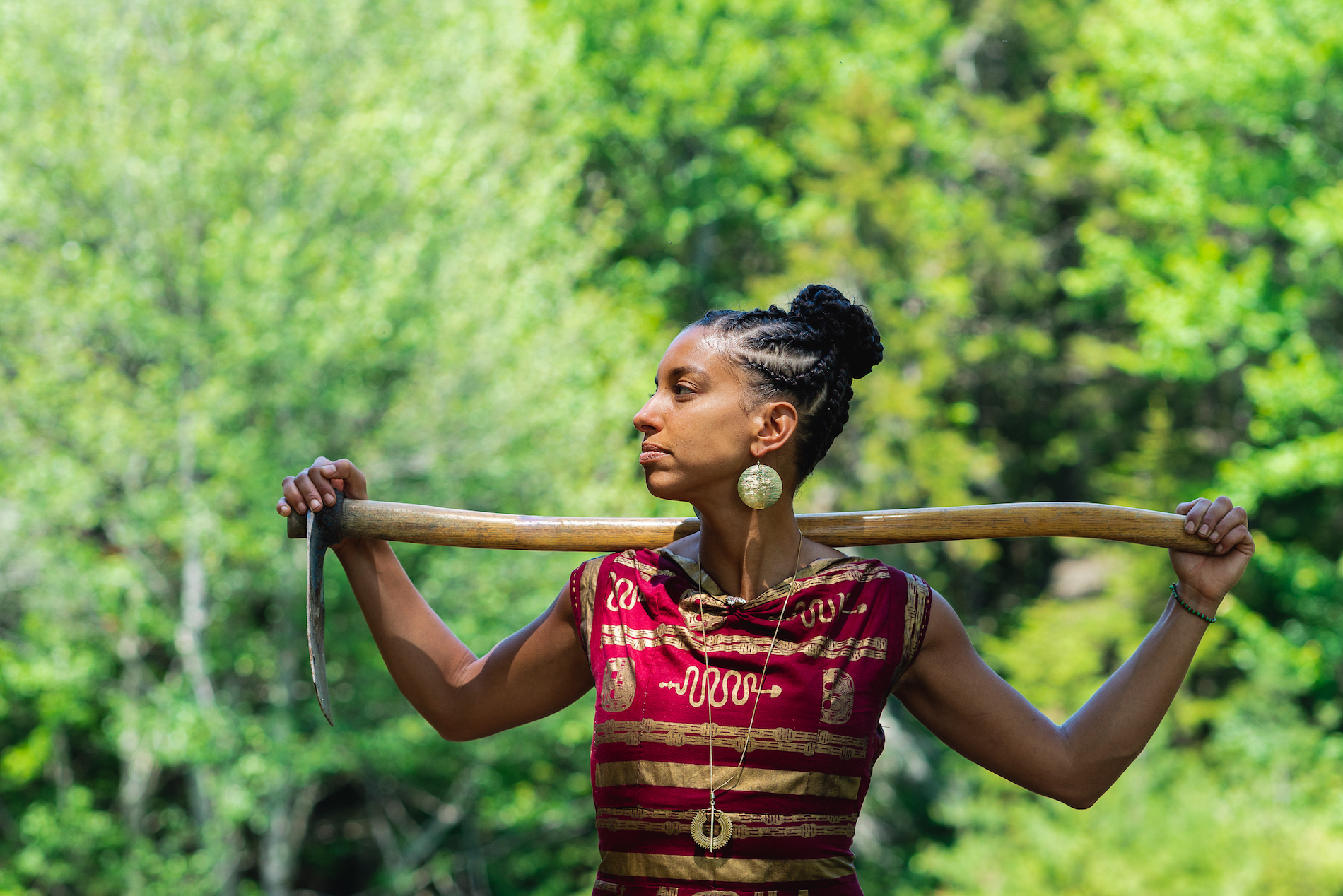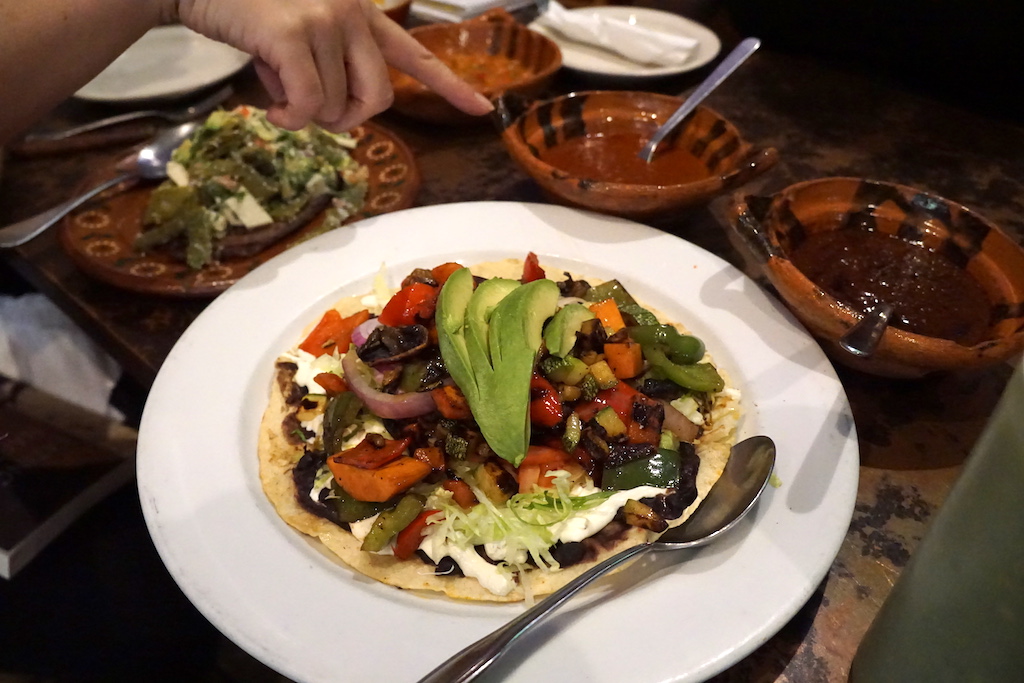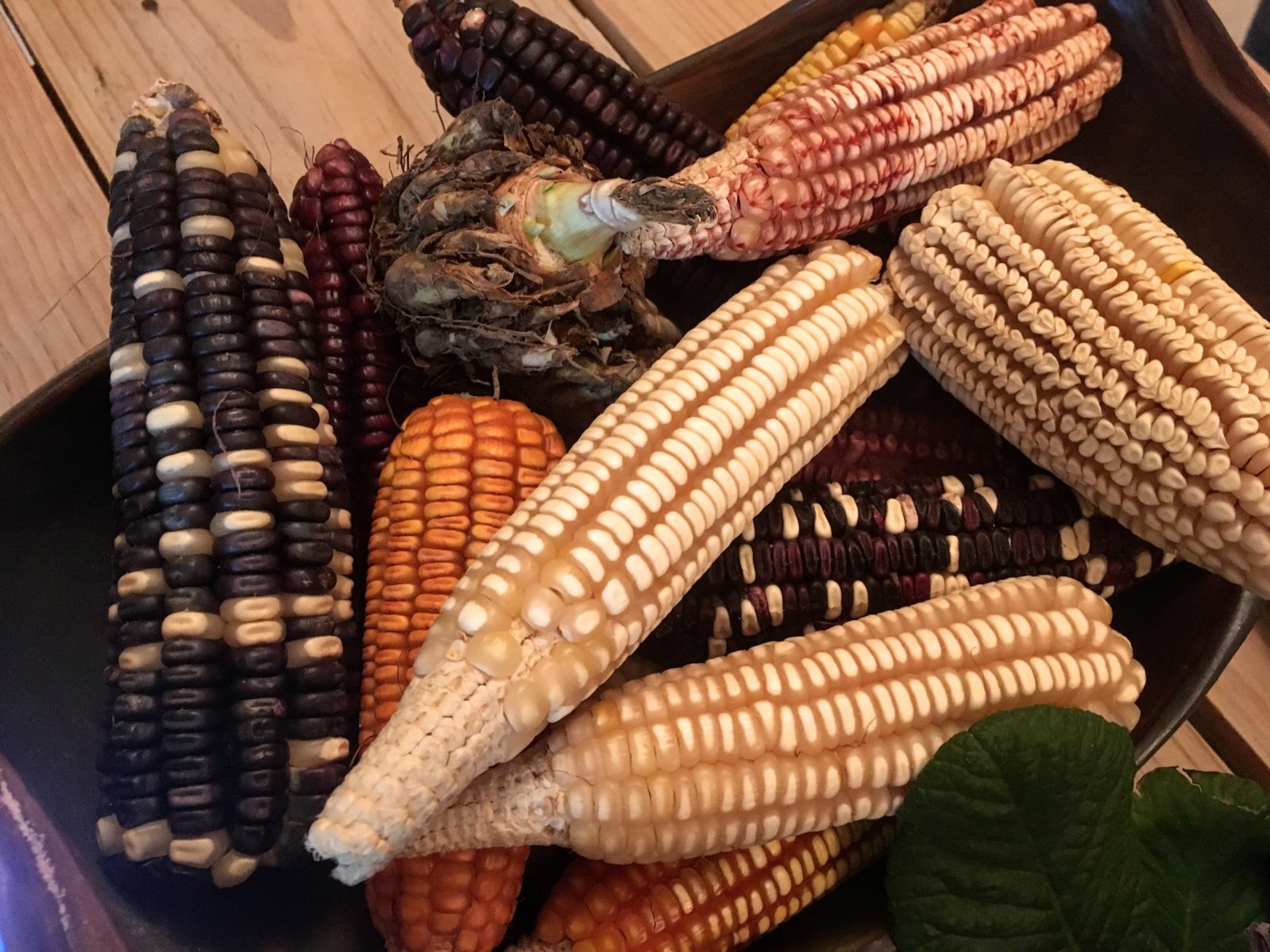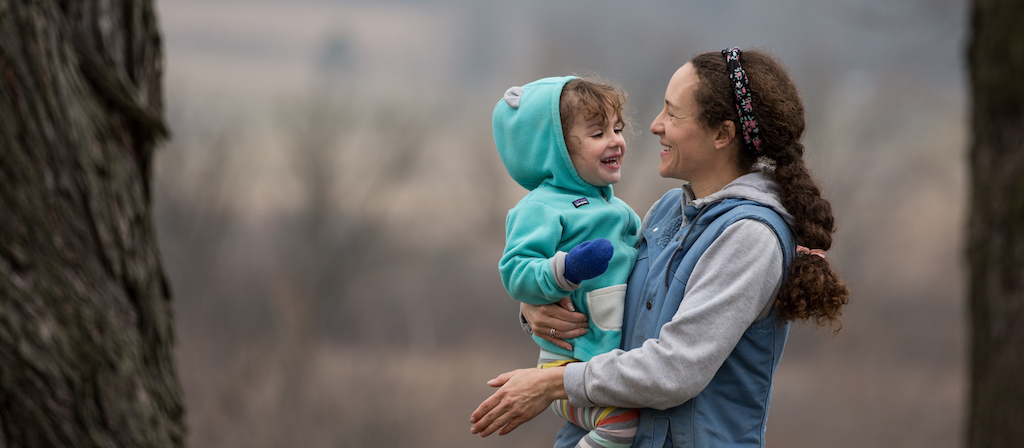
Dream Lens Media
Like many female farmers, Jonnah Perkins hoped she could balance farm work with the demands of caring for her first baby. But it didn’t take long for her to find out that doing both at once is nearly impossible.
Perkins and her husband help manage Vermont Valley Community Farm, in Blue Mounds, Wisconsin, where they grow 30 acres of vegetables and 70 acres of cover crops. When Perkins had her first child in 2012, the couple had no child care plans. She tried bringing her newborn son with her into the farm’s corporate office, and also into the network of greenhouses, hoophouses, and fields. But her new role as a mother quickly became incompatible with the rigors of the job. “We have a big farm, a lot of labor and people to manage, and that became a pretty big stress in my life,” she says.
But not everyone is so lucky. Though lack of affordable, accessible child care is a problem for many American families, regardless of where they work and live, farm parents can face unique challenges. They live in remote areas, where opportunities to hire help are slim. At the same time, agriculture’s extreme seasonality makes scheduling difficult; inconsistent revenues can make regular payments another obstacle. Then there are the cultural factors—including the fact that farming communities tend to be built on an ethos of stubborn self-reliance. Many female farmers struggle with the idea they should be able to do it all, and they feel like failures if they can’t.
As a group, America’s farmers are graying. According to a New Food Economy analysis of United States Department of Agriculture (USDA), the nation’s farmers are older as a group than they’ve been in decades. And though there are many reasons why younger Americans aren’t getting into—or staying in—farming, lack of affordable child care is one obvious barrier.
Child care for farming families remains an under-the-radar issue, according to a University of Vermont survey
Across the country, the newest generation of female farmers is discovering that having children can redefine their relationship to farm work. Their very identities as farmers can undergo a change when kids enter the picture. They’re struggling to find ways to work and care for their children. And no one’s really talking about it.
Mary Peabody, community economic development specialist at the University of Vermont Extension in Burlington, says child care for farming families is still an under-the-radar issue. Only once they have kids, she says, do many younger, first-generation farmers begin to understand how difficult farming with children can be, and then find out they have few, if any, child care options.
“They have this really idyllic vision of being on the farm and having happy kids running around in fields of clover and butterflies,” says Peabody, who is also program director of the Women’s Ag Network, an educational initiative geared toward the needs of women farmers. “Then they realize, ‘Oh, my goodness, this is really hard when you have toddlers running around potentially dangerous places.’”
America’s historical, romantic idea of farming families hasn’t kept up with the times. The multi-generational farms of yore, with family members close by who could watch children, are no longer the norm. These days, most farmers take additional off-farm jobs to stay afloat. Even many farm grandparents still work off the farm as an economic necessity. At the same time, new farmers, looking for land, often move to regions where they have no friends and relatives. All this means there’s rarely anyone around to watch the kids.
Inwood’s research (done while she was at the University of Vermont with then-doctoral student Emily Stengel) found that most farm families survive by piecing together a patchwork different of care solutions. In her survey of 186 farm families, she found that almost all used some form of at-home care, which usually needed to be supplemented with at least one other approach. Just over half hired off-farm daycare centers. About 47 percent relied on an extended family member, while a quarter had a babysitter come to their home. Twenty percent used some type of “nontraditional care”—such as a co-operative agreement, like a barter.
To supplement her survey, Inwood ran a more in-depth focus group with 43 farm families in the Northeast, a region with a higher number of women farmers. In one conversation with a couple who took part, she recalls, the husband said he was happy with their on-farm child care and homeschooling arrangement. But when he left the room, his wife had a different take.
“She almost broke down, and said, ‘I can’t do this anymore,’ and really very clearly was on the verge of a nervous breakdown,” says Inwood. “You could see the stress of trying to raise three kids, take care of the household, homeschool, and help run a farm operation.”
Inwood found this perspective gap to be pervasive. While forty-four percent of women farmers surveyed by Inwood said child care was “an important factor in farm decisions,” only 24 percent of the men did. That discrepancy suggests that women are taking on the bulk of the child care responsibilities, and they’re lacking support from their (predominantly male) partners.
“The interesting thing is this all fell on me,” says Perkins. “My family is very progressive socially but the burden of figuring out what to do with the baby was a just a decision I needed to make on my own. That made me feel kind of lonely and isolated.”
Though lack of affordable, accessible child care is a problem for many American families, regardless of where they work and live, farm parents can face unique challenges
“There’s this pretend family-farm ideal which is pretty insane, this idea of bringing your kids to a full-time job, which a lot of people have, and people perpetuate it like it’s a reasonable alternative,” says Katrina Becker, who runs her own 50-acre organic farm, Cattail Organics, in north central Wisconsin, and who has three children, aged 4, 7, and 10.
Unfortunately, too often admiration of young farmers who want to do great things for agriculture doesn’t include acknowledgment of the day-to-day struggles. Farmers are getting divorced because of the stress of trying to manage the business and household, says Inwood, which can mean more people leaving agriculture.
“We don’t give permission for people to talk about how much of a challenge this is,” she says. “You’re seen as failure if you can’t do all this and you need help.”
Becker tried keeping her kids with her while she worked for a while, which she found extremely stressful and didn’t work for her or her children. “I think like a lot of women in my generation, I had this idea you can do all those things at once and it would be possible and not maddening and the best thing for our children,” she says.
Becker has also seen this happen. “Almost all female farmers I know, when they had children, it drastically changed their actual work role on the farm,” she says.
At various times, her child care has included a vegetables-for-care agreement with a neighbor, some family care, a nanny, and formal day care at a local church. The headache of arranging care, however, is balanced out by the peace of mind that comes with knowing her kids are safe, happy, and somewhere else. “They’re not going to try and find us in the fields, which is one of the problems of having child care on the farm: you have kids come get you because you’re there,” she says.
Even if there is formal child care available close enough to make it feasible, the cost alone is prohibitive for many new farmers, who are often already working on ramping up their business and have little left over. Becker says that her local care isn’t expensive but that when she was starting out the fees would’ve been prohibitive. “There’s no way I could’ve made my mortgage payments and paid for child care,” she says. “That’s also part of reality of the small farm dream—those first years are really brutal financially.”
Also, farm machinery has gotten larger and more dangerous, meaning the potential for serious accidents has increased. A report from The National Children’s Center for Rural Health and Safety in Marshfield, Wisconsin, shows that 7,500 farm children (under the age of 16) were injured in 2014, and most weren’t working when they were hurt.
For most families, there is no perfect solution. And, sometimes, this means making compromises. Amber Mohr runs Fork Tail Farm, a small 4.5-acre market garden with 130 chickens in Avoca, Iowa. She began farming when her three children were 6, 4, and 6 months old, and wanted to look after them herself. She says it took her a couple of years before she figured out what she could grow and manage while she was taking care of her kids. “I quickly learned I can’t grow 50 feet of lettuce and harvest it if someone’s going to need help going to the bathroom every five minutes and there’s going to be a million little emergencies to pull me away,” she says.
 Dream Lens Media
Dream Lens Media
America’s historical, romantic idea of farming families hasn’t kept up with the times
But as a small farmer who owns her land, with a husband who works from home and shares child care duties, she has a level of independence others don’t. (She also works an off-farm job several days a week.) Quality of life matters more to her than profits. “I could make more money if I could be more efficient, but I’m doing it for other reasons primarily,” she says.
“Farm families—but we all know it’s mostly women—need peace of mind and the emotional comfort that comes from knowing their children are taken care of,” says Rachel Armstrong, founder of legal nonprofit Farm Commons in Duluth, Minnesota. “Only then can you really run a profitable farm business.”
She wants to help farmers start legal child care cooperatives of their own. A co-op might, for example, trade a number of child care hours in exchange for money or work. The idea is very popular among local farmers, says Armstrong. But the legal complications of setting up these types of entities really depends on the state. Minnesota, for example, has stringent rules on unlicensed child care, whereas Wisconsin is more flexible.
Trying to figure it out on the fly is not a good idea, says Vermont Valley’s Perkins. “To go into your season without a plan I think is pretty detrimental to the mother and the baby.”
When her second child was born, Perkins made sure she had paid, scheduled child care plans for both of her kids ahead of time. “I felt like I had lost something with my first baby. I was never with him and never working, I was in neither place,” she says. She did not want to relive that experience with her daughter.
Female farmers often ask her how to farm with babies, as if there were a secret formula that allows a woman to be a full-time farmer and parent all at once. Perkins tries to push back against this wishful thinking. “Why do that to your farm and to yourself?” she says. “Find a way to give yourself some time to focus on your work because this is our work. This is not a hobby. It’s how we make a living.”






